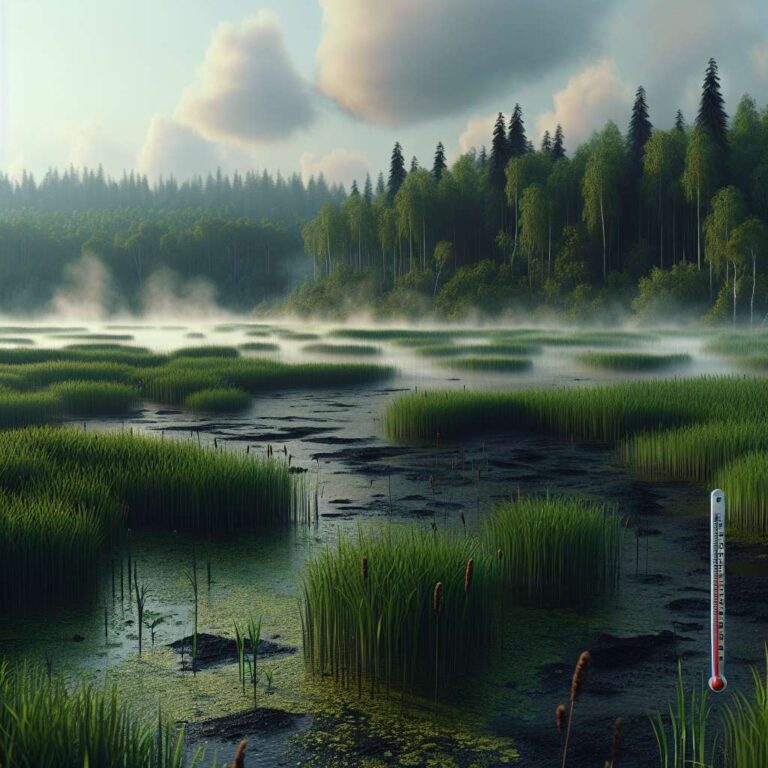In 2021 scientists were surprised when atmospheric methane rose at the fastest rate on record even as the global economy emerged from pandemic lockdowns. A cross-check of satellite, aircraft and monitoring-station data pointed to a clear pattern: tropical wetlands had become wetter and warmer, driving microbes in oxygen-poor soils to release more methane. Reduced atmospheric nitrogen oxide pollution, which helps break down methane, likely amplified the spike. That episode is one of the clearest examples yet of warming triggering additional greenhouse-gas emissions from natural systems.
Those feedbacks are broadly underrepresented in the major scenarios used to set climate policy. Spark Climate Solutions, a San Francisco nonprofit, is launching a model intercomparison project to change that. Different research teams will run the same experiments across multiple models and emissions pathways to quantify how warming-induced emissions from wetlands, wildfires, oceans and permafrost could alter projected warming. The project involves scientists at the Environmental Defense Fund, Stanford, the Woodwell Climate Research Center and partners in Europe and Australia. Spark hopes the results can be considered by the UN climate panel as it begins its next assessment, to give nations a more accurate picture of remaining carbon budgets for 1.5 °C and 2 °C targets.
The stakes are high. Teams at EDF, Woodwell and other institutions report in a paper under review that northern wildfires, thawing permafrost and warming tropical wetlands together could push the planet past 2 °C years faster, cutting up to a quarter of the time left under current trajectories. Permafrost alone stores roughly twice as much carbon as the atmosphere; when it thaws it can release carbon dioxide, methane and other gases. Wildfires, variable regional moisture changes and complex interactions such as vegetation shifts add large uncertainties to whether ecosystems become net sources or sinks.
Project leaders say integrating these feedbacks into climate models and policy calculations is essential to prepare societies and avoid underestimating future costs to health, infrastructure and ecosystems. As Ben Poulter and Phil Duffy at Spark note, and as Susan Natali at Woodwell emphasizes, only by bringing these processes into mainstream climate science can policymakers and planners understand how much additional warming and emissions may already be locked in.

